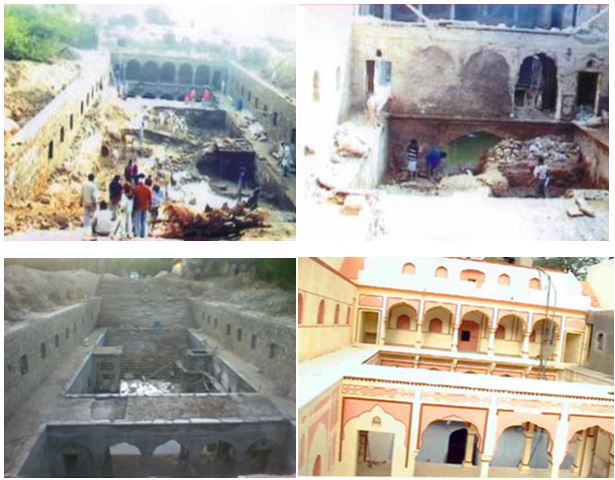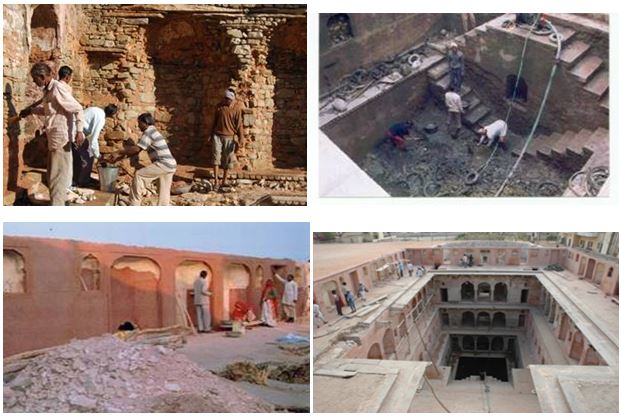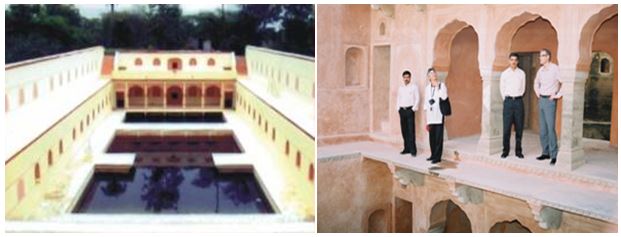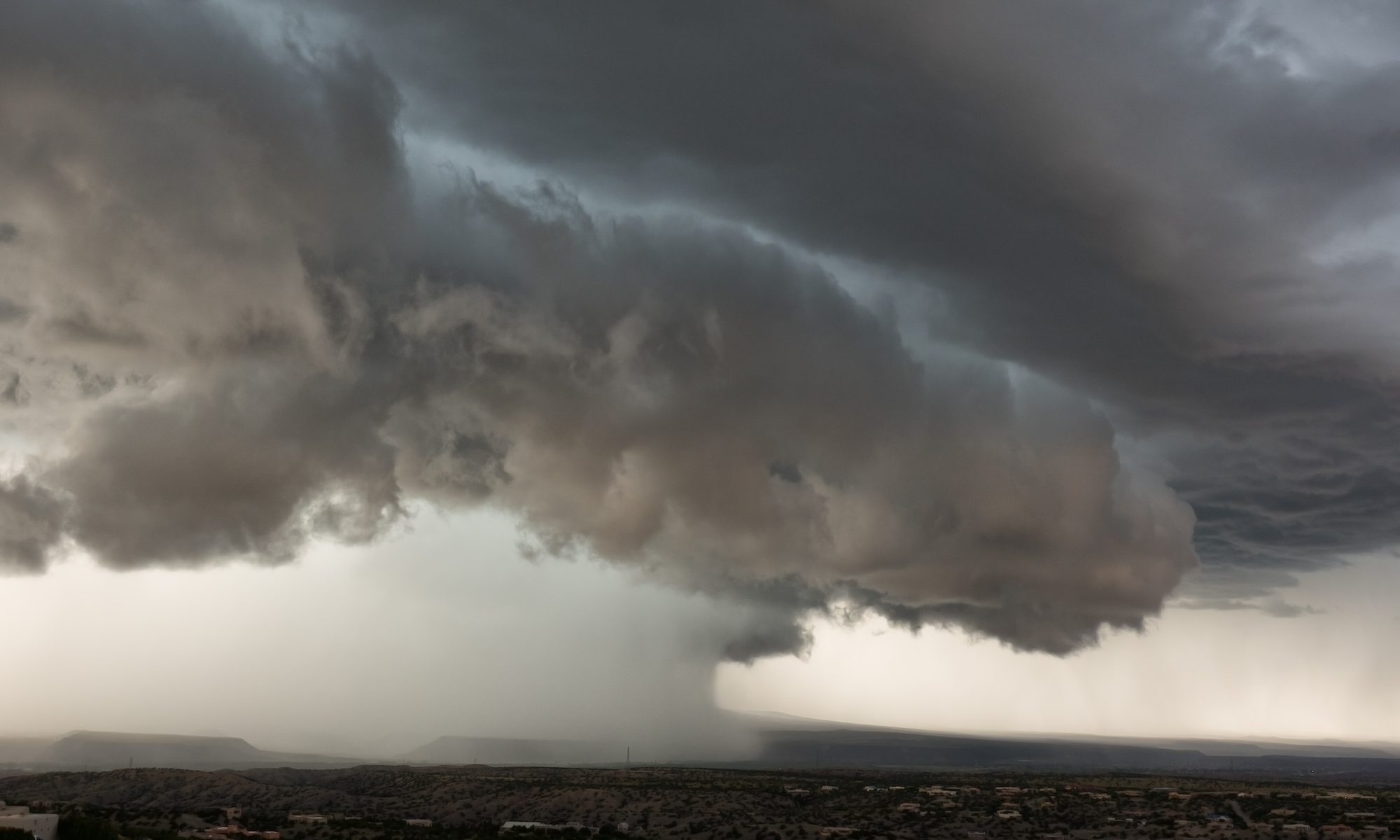Hundreds of years ago, the only way to travel was on foot or ride on animal back or animal drawn carts. Traveling from one place to another would be taking days or weeks or may be months hence the step well (Bawari) became an important landmark site for the traveler since it had water as well as rooms/corridors to cook food and rest during the night.
Centuries ago the ground water extraction was only from open wells manually or with help of animals. Even the quantity of water withdrawal was much less than the natural recharge of rain water hence the water table was high and water was available just a few feet below the ground. In such circumstances if a big diameter well was dug to even a depth of 30 to 50 ft, it naturally got filled with water, thereafter steps were constructed from ground level till the depth of the well so that the traveler could walk down till the water level and draw water. Corridors and rooms were constructed around the water body as resting space for the travelers.
Every step well also had an open well connected to it and naturally the water level in the open well was the same as that in the step well and those travelers who had bucket etc. could draw water from the well too and even farming was done using water from these open wells.
Constructing a step well was considered a great act of charity hence step wells were constructed in large numbers not only by the ruling king as a social benefit project but also by rich traders from share of their business profits.
We observed that some step wells were ground water level dependent and were dug in alluvium and their base was permeable. Such water bodies had visible water till the ground water level was higher than the depth of the step well but as the water table declined below the base level of the step well these step wells became dry and devoid of water, as they stand today.
Some step wells were dug only till a level where natural hard rock was encountered hence these step wells have uneven hard rock non permeable base. SaraI Bawari and Kale Hanuman ki Bawari are two such historical 15th century Step wells (Bawari) at Amber, Jaipur. Restored & rejuvenated by SILVERON from 2005 and thereafter and it will be interesting to note that both these step wells hold good quantity of water even today.
To be able to do any restoration and rejuvenation work, team Silveron had to empty the water from the step well. This task was difficult since there was regular inflow of water and streams of water could be seen gushing in from the side walls at various levels from 5 to 40 ft. below the ground surface. Multiple dewatering engines were deployed day and night during the entire work to keep the water level low in order to be able to work.
These step wells are surrounded by multiple rocky hills and rain water which collects in large pockets at higher levels forms minute channels just under the surface of the ground at various levels and flows towards the step well.
As the step well fills with water, the collected water in the step well tries to go back from the same inlet points and this works as a plug to stop the in-flowing water, hence Bawari does not over flow and when water is withdrawn the same quantity is replenished.


Though the current times of fast pace travel and water supply pumped directly into the home may have made the Bawari (step well) irrelevant but they will always remain a heritage site and will continue to speaks volumes about the wisdom and caliber of our ancestors.

